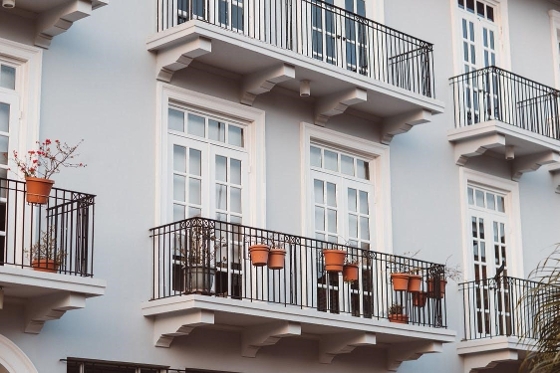What You Need to Know About the Down Payment for Rental Property

Finding the money to make the down payment on a property is going to be one of your biggest hurdles when looking to buy an investment property. Even if you already live in your own home and are fairly familiar with the process of getting a mortgage approval, this is still going to be a challenge.
That’s because the requirements for investment property loans are significantly different from those for residential property loans. Your primary home is a basic human need, so lenders make it easier to buy that home. But when you buy a rental home, you are not meeting a basic need; it is business.
Due to this fact, lenders are going to subject you to the same level of scrutiny that they subject businesses to. This is why getting approved for rental property mortgage is harder. Lenders view rental property loans as carrying more risk than a loan to buy your primary residence.
Why is that?
There is a greater rate of default on rental property loans than residential property mortgages. Most borrowers will keep up with mortgage payments if there is a risk of them losing the home and becoming homeless. But, since the majority of landlords don’t live in their rental property, they don’t face this risk.
As a result, property investors may not have the same motivation to be timely with mortgage payments as people who live in their own homes. The result is that a landlord can afford to be careless about repaying a mortgage loan since they are not likely to suffer any personal losses if the home goes into foreclosure.
How do lenders protect themselves against this risk?

They impose more stringent conditions on people who apply for an investment property loan. Those tougher conditions are designed to test the financial competence of the individual and their trustworthiness as far as financial matters are concerned.
Because of this, lenders want to see a track record of handling money with savvy, and they get this information from the individual’s credit score and history. Secondly, they want to know if the person has the financial capacity to handle the additional burden of a second mortgage.
These are the reasons why lenders expect that when applying for a rental property loan in Canada, you must have the following:
- A minimum credit score of 680, even though this is only enough to get you the least-favorable terms.
- Proof of income, the details of which will depend on whether you have a job or own a business.
- Emergency funds that are easily accessible and sufficient to pay the loan closing costs.
- Savings worth six months of mortgage payments for your home and the rental.
However, the criterion that is often the hardest to meet is the down payment. Since 2010, a down payment is the standard requirement for getting rental property mortgage in Canada. This can be as low as 5% or as high as 20%, depending on the detail of your application.
What you should know about the down payment on rental properties
The two main things that determine how much lenders will ask you to provide as down payment are the number of units in the property and whether you will live in the home or not
- The number of units in the property

Investment properties in Canada are in two categories: residential properties and commercial properties. Residential properties are buildings with no more than four units, while commercial buildings have more than four units.
Commercial properties have stiffer conditions, but in this article, our focus is on residential properties. Depending on the number of units in a residential building, investors will be asked to make a down payment of 5% to 20% of the purchase price of the building.
- Owner-occupied versus Non-owner-occupied

Buildings where the owner of the rental property lives in one of the units attract smaller down payments. This is because such buildings have a risk profile similar to living in your own home. Since the owner also occupies the building loan default rates for such properties are lower.
Based on these two factors, here is what you can expect as a down payment when buying a rental property in Canada:
- For buildings with 1-2 units where the owner lives in one of the units, the down payment is 5%.
- For buildings with 1-2 units where the owner does not live on the property, the down payment is 20%.
- For buildings with 3-4 units where the owner lives in one of the units, the down payment is 10%.
- For buildings with 3-4 units where the owner does not live on the property, the down payment is 20%.
For all non-owner-occupied buildings, you can expect a minimum of 20% as a down payment. However, for owners of owner-occupied buildings where the purchase price of the home exceeds $500,000, there are additional conditions. For the first $500,000 the owner is expected to pay 5% (if the building has 2 units) and a further 10% for any amount above that $500,000.


